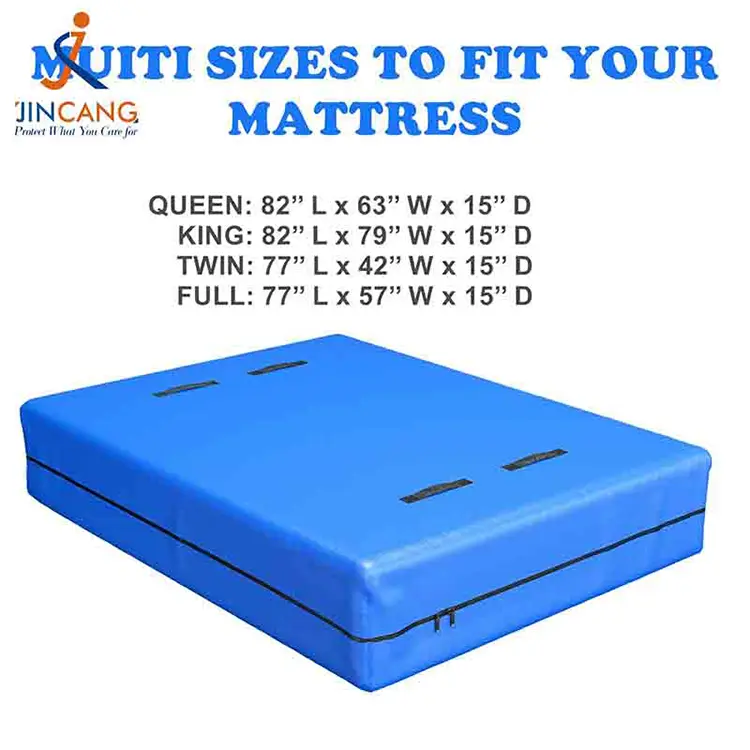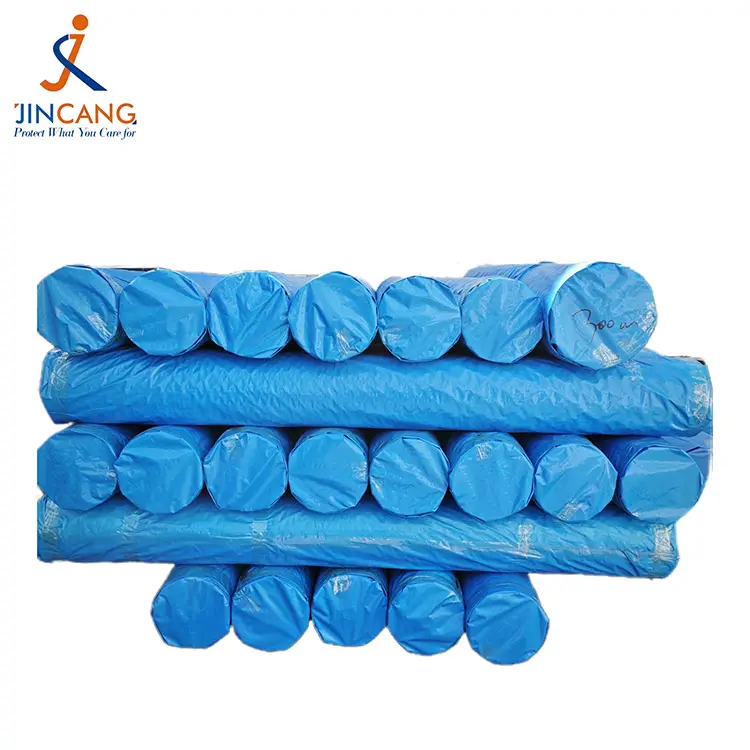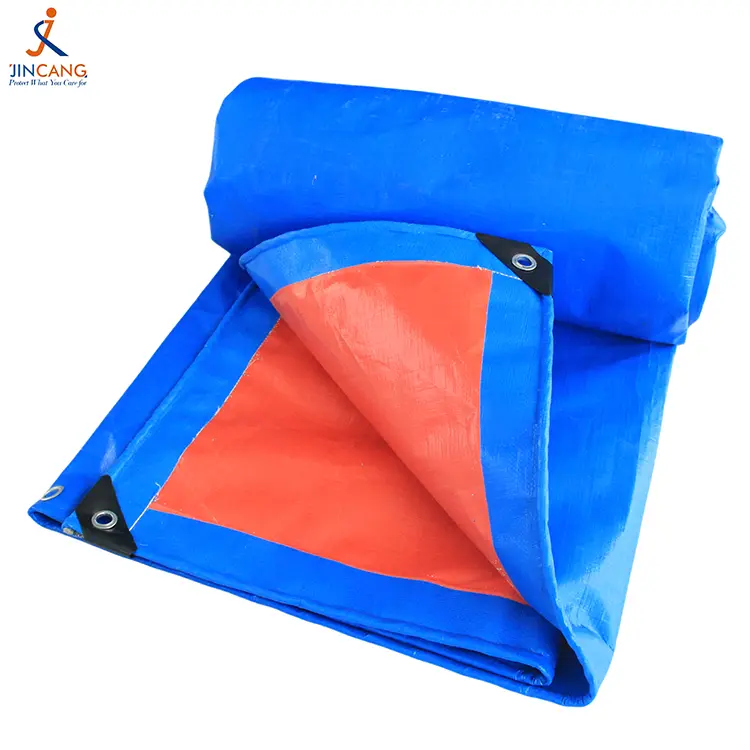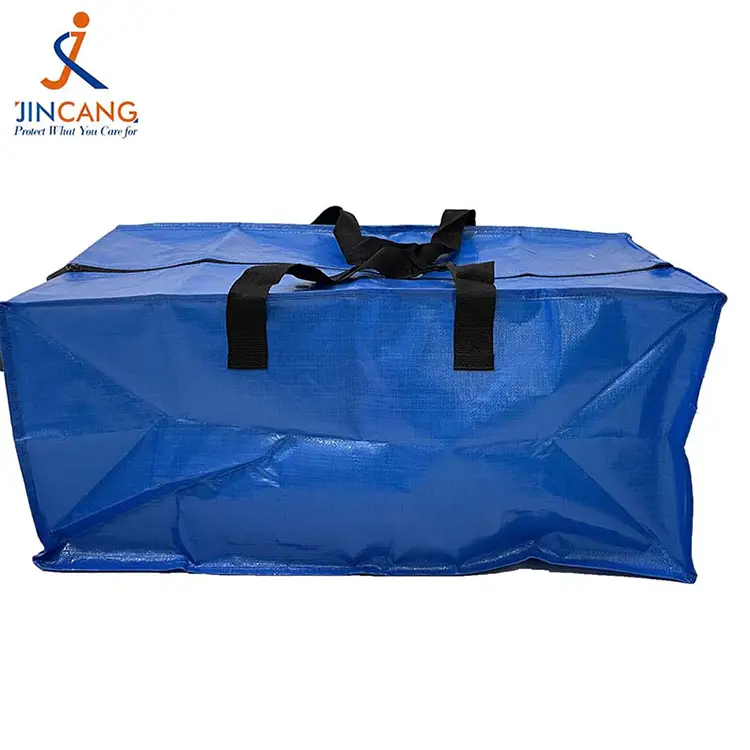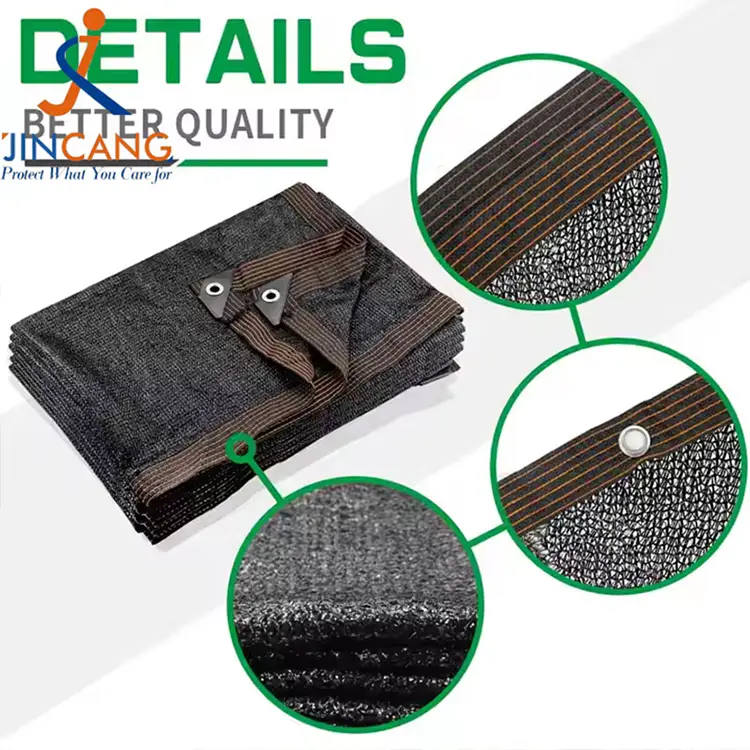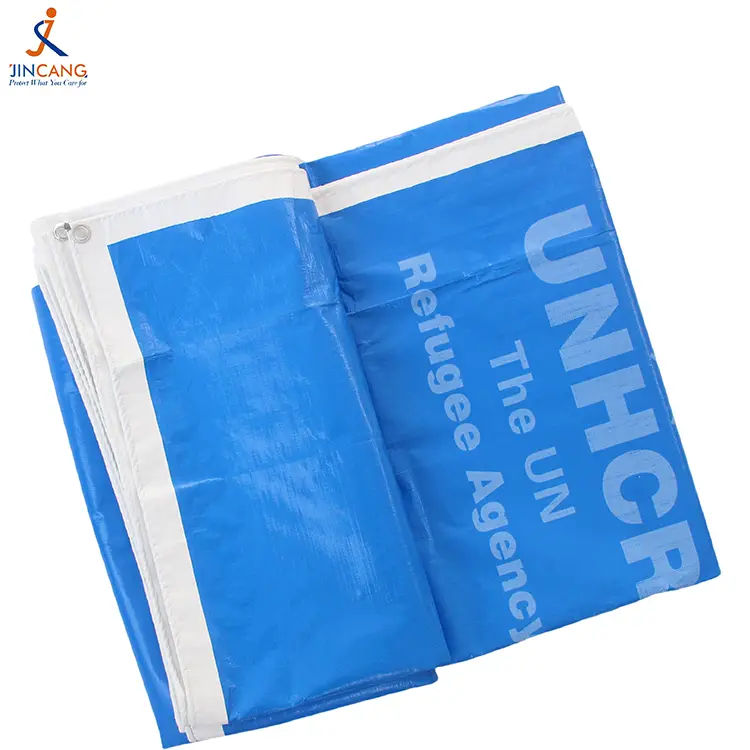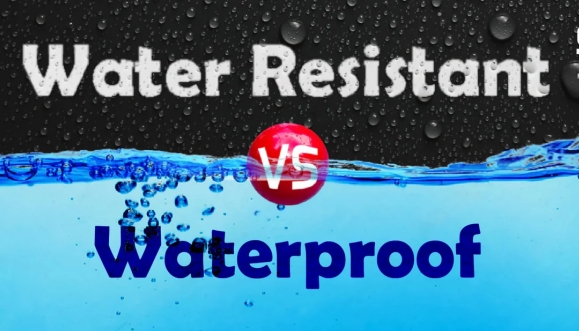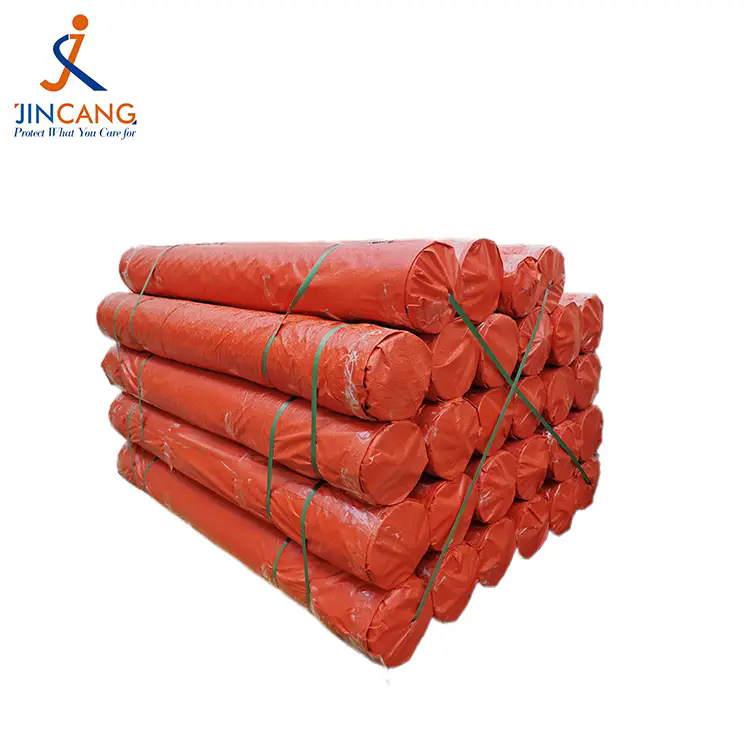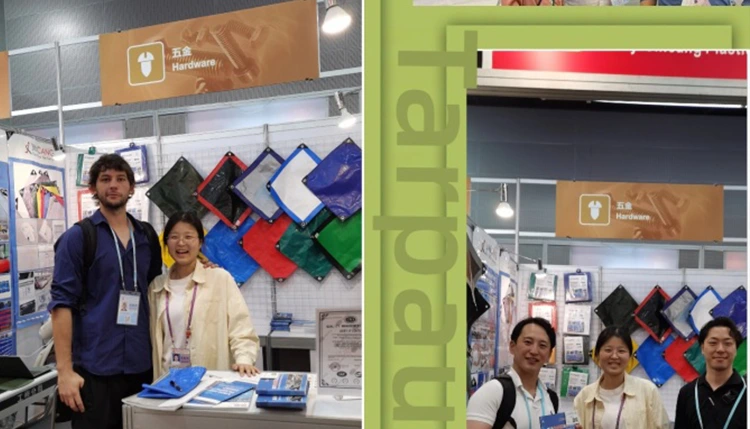- English
- Español
- Português
- русский
- Français
- 日本語
- Deutsch
- tiếng Việt
- Italiano
- Nederlands
- ภาษาไทย
- Polski
- 한국어
- Svenska
- magyar
- Malay
- বাংলা ভাষার
- Dansk
- Suomi
- हिन्दी
- Pilipino
- Türkçe
- Gaeilge
- العربية
- Indonesia
- Norsk
- تمل
- český
- ελληνικά
- український
- Javanese
- فارسی
- தமிழ்
- తెలుగు
- नेपाली
- Burmese
- български
- ລາວ
- Latine
- Қазақша
- Euskal
- Azərbaycan
- Slovenský jazyk
- Македонски
- Lietuvos
- Eesti Keel
- Română
- Slovenski
- मराठी
- Srpski језик
How To Use The PE Tarpaulin
2025-05-20
PE tarpaulin, or polyethylene tarpaulin, is a versatile and durable material widely used for covering, protecting, and sheltering objects from weather conditions. It is waterproof, UV-resistant, and lightweight, making it ideal for construction, agriculture, transportation, and outdoor events. To maximize its effectiveness, proper usage is essential. Here’s a guide on how to use PE tarpaulin correctly.
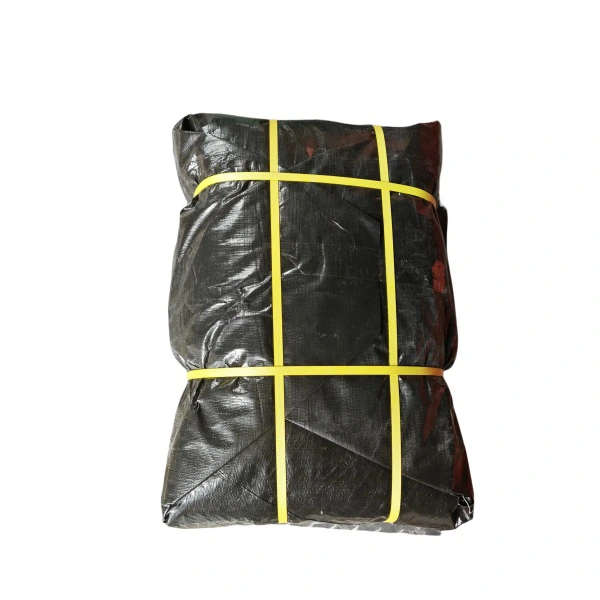
1. Choosing the Right Tarpaulin
Before use, select a tarpaulin that suits your needs. Consider factors like thickness (measured in grams per square meter or GSM), size, and reinforcement. Heavy-duty tarps (200+ GSM) are best for long-term outdoor use, while lighter ones (100–150 GSM) work for short-term coverage.
2. Unfolding and Positioning
Lay the tarpaulin flat over the area or object you want to cover. Ensure it is large enough to provide full coverage with extra material for securing. Avoid dragging the tarp on rough surfaces to prevent tears.
3. Securing the Tarpaulin
Use ropes, bungee cords, or straps to fasten the tarp. Most PE tarps come with reinforced grommets (metal eyelets) along the edges. Thread ropes through these grommets and tie them to stable anchor points like poles, hooks, or vehicle rails. For added stability, weigh down the edges with sandbags or heavy objects if tying isn't possible.
4. Protecting Against Wind and Rain
To prevent wind from lifting the tarp, fold the edges inward before tying to reduce flapping. For rain protection, ensure the tarp is sloped to allow water runoff, preventing pooling that can cause sagging or damage.
5. Maintenance and Storage
After use, clean the tarp with mild soap and water, then let it dry completely before folding. Store it in a cool, dry place away from direct sunlight to prolong its lifespan. Regularly check for wear and tear, especially around grommets.
6. Repairs
Small holes or tears can be repaired using waterproof tape or PE tarpaulin repair kits. For larger damages, sewing a patch or replacing the tarp may be necessary.
By following these steps, you can ensure your PE tarpaulin remains effective and long-lasting. Whether for temporary shelter or long-term protection, proper handling will maximize its durability and performance.
Related News
- 138th Canton Fair Invitation
- Why Quality Always Outweighs Short-Term Savings
- A Mother's Love: Celebrating Mother's Day
- Key Guidelines For Using Waterproof PE Tarpaulins
- The Importance Of Tarpaulin In Industrial And Commercial Applications
- Join Us At The 2025 Canton Fair To Discover Our Latest Products And Business Opportunities


